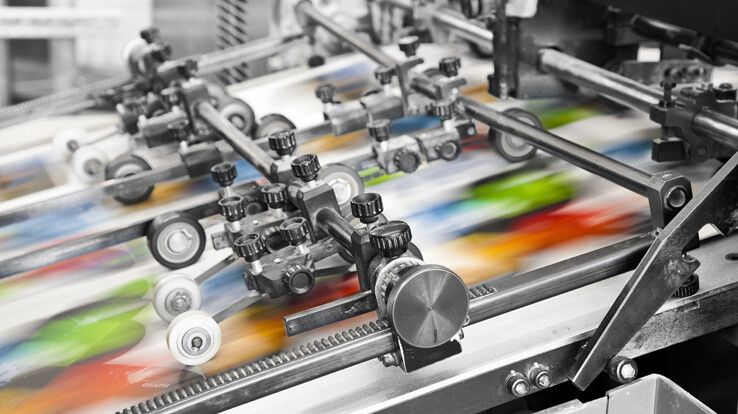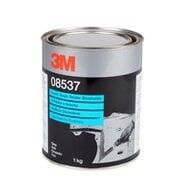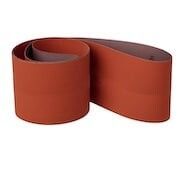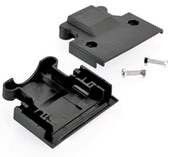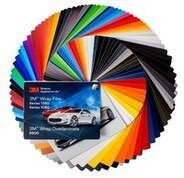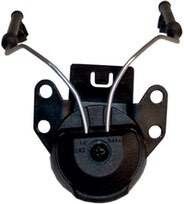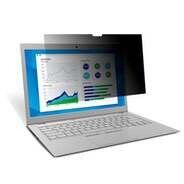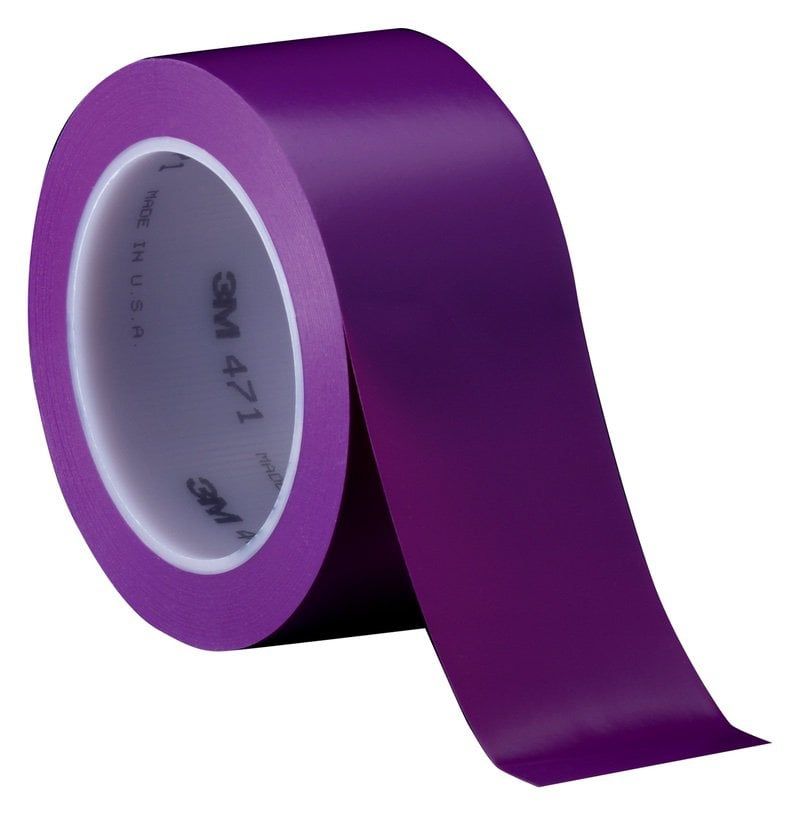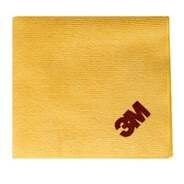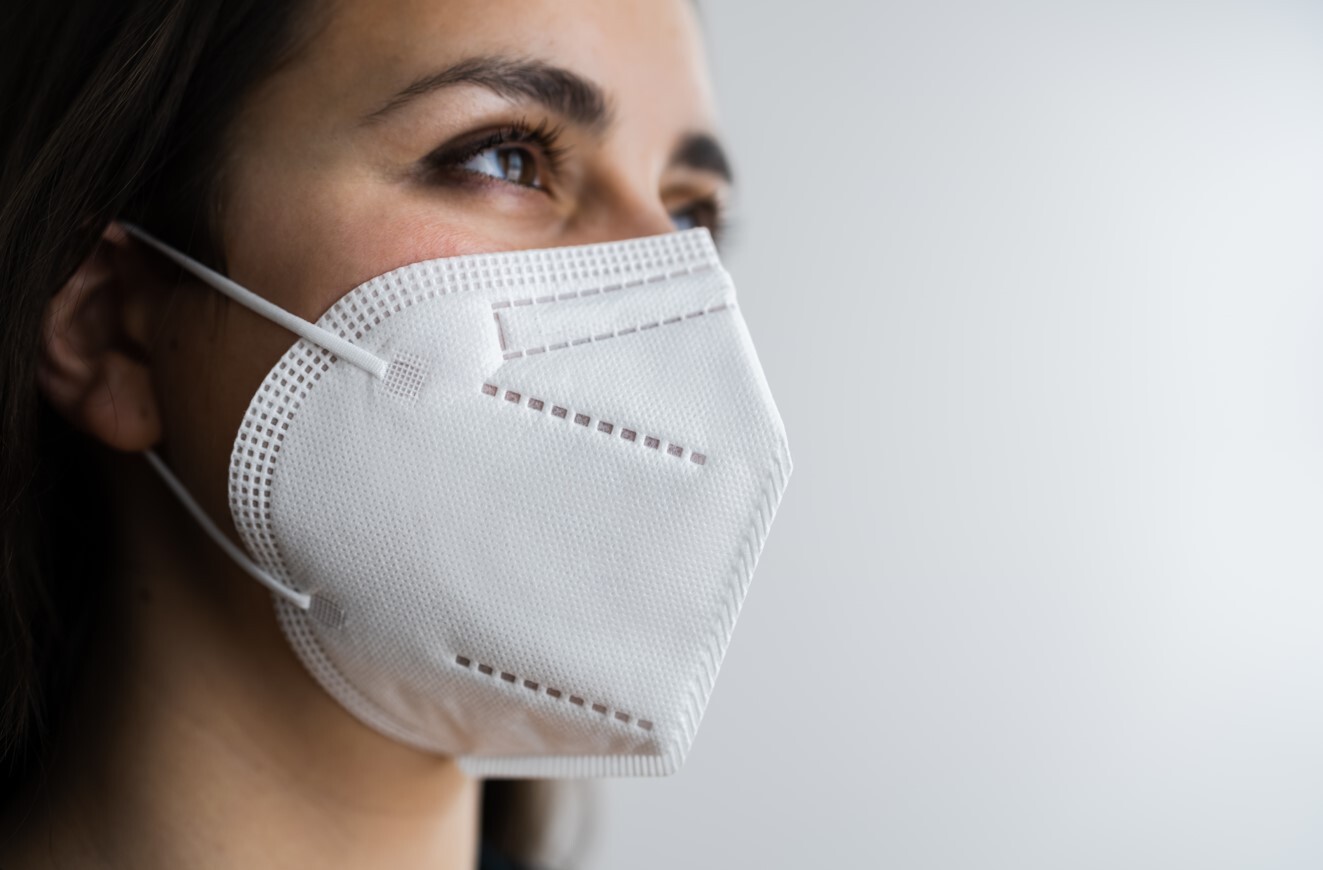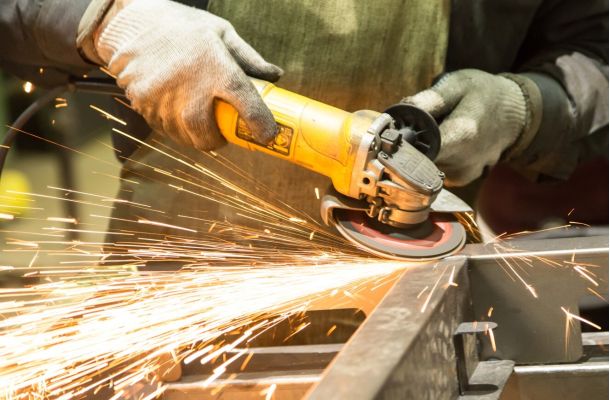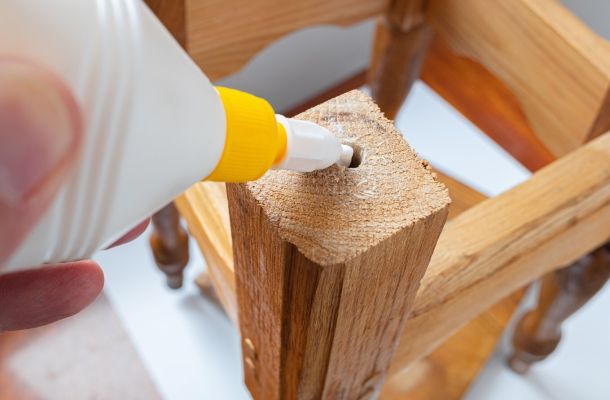FFP-2 mask and FFP masks


The FFP masks were usually used by professionals, industry, and health care workers, but the COVID-19 pandemic has made these respiratory protection devices a common tool. The use of particle-filtering half-masks has long been a mandatory legal requirement in many workplaces. In this post, we have put together all you need to know about the use of the FFP-2 mask and other FFP mask types.
In workplace environments, such as in a factory or laboratory, professionals are constantly exposed to hazardous substances daily. The various aerosols and fine dust particles yield high risks because they can be carcinogenic, in some cases, radioactive and can damage the human respiratory system.
The most effective protection against these hazards is the use of particle-filtering half-masks covering the nose and mouth, which must be worn in workplaces where concentrations of particulate matter, fumes and aerosols exceed a pre-specified level.
What is a particulate filtering half mask, or respirator, for?
An FFP mask (Filtering Facepiece Particular) is a respiratory protection mask, i.e. the mask filters the inhaled air through a filter, trapping pollutants so that they cannot pass through the protective layer(s).
In theory, this provides sufficient protection, however, in practice, standard masks can never provide 100% protection due to so-called suction leakage. This phenomenon occurs because the protective device does not fully align with the face. Between the surface of the skin and the mask, at the joints, or the valves, air from the environment can easily get in, creating a leakage that reduces the protective effect.
There are three classes of masks based on suction leakage standards (EU standard EN 149):
- FFP 1: maximum suction leakage: 22%, application: non-hazardous in case of dust, dirt.
- FFP 2: maximum suction leakage: 8%, application: fine dust, medium hazardous chemicals, fibrogenic dust, droplets, liquids.
- FFP 3: maximum suction leakage: 5%, application: toxic substances.
Within the different categories of FFP masks, there are two basic types: there are versions with and without valves. The latter has the advantage of reducing the warming-up of the respiratory protection device.
FFP masks are available in different shapes and colours. They are designed to fit comfortably on the bridge of the nose and the face, which helps to avoid fogging of the goggles.
It is important to note that FFP masks are disposable. This is because the filter inside the mask becomes clogged with filtered impurities over time, thus increasing the breathing resistance and requiring the replacement of the protective device.
FFP1 mask
FFP 1 masks provide the lowest level of protection of the FFP mask categories and should be used when the working environment is not contaminated by toxic substances and fibrogenic dust. In other words, if inhalation of the substances does not result in serious harm but causes discomfort and irritation.
The FFP 1 mask filters 80% of the particles and is recommended for use in environments where the occupational exposure limit does not exceed four times the limit. Typically, these masks are required in the construction and food industries.
FFP 2 mask
The FFP 2 masks provide more protection than the FFP 1 masks in general. They can be used to avoid the negative effects of harmful solids, liquids, aerosols, dust, and fumes. These are substances that may cause irritation in the short term but can lead to serious illness in the longer term, for example by reducing the elasticity of lung tissue.
These masks filter out 94% of particles and are recommended for use where measured levels do not exceed ten times the occupational exposure limit.
There are some industries where FFP 2 masks are commonly used. Examples include mining and metallurgy environments. These are all areas where workers may encounter substances that can cause long-term illness.
FFP 3 mask
FFP 3 masks provide the highest level of protection among the respiratory protection masks. They are highly effective against toxic fumes, aerosols, and dust, and also protect from radioactive materials, viruses, bacteria and fungal spores. They filter out 99% of harmful particles in the air.
They perform best in environments where occupational exposure limits are not exceeded by more than 30 times. A typical environment is the chemical industry, where the highest level of respiratory protection is required.
FFP masks and the coronavirus
As a result of the COVID-19 pandemic, the use of FFP masks has spread outside the workplace. As a means of protection against the virus, the use of masks has been made mandatory in several countries, and in many places the use of masks with a protection level of at least FFP 2.
From a virus protection point of view, these masks are of great importance, as they prevent or at least reduce the possibility of the spread of the virus.
Respiratory protection in the workplace is not only a recommendation but also an occupational health and safety requirement. The various FFP masks are easy and simple to use and are worn with the minimum of discomfort. They play an important role in the prevention of workplace hazards, along with other protective equipment such as goggles, earplugs, and helmets.
More articles
Flanker Plusz Kft.
Contact Details
Boti Street, 100.


